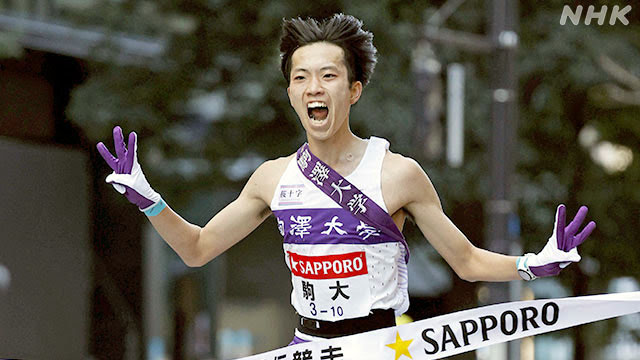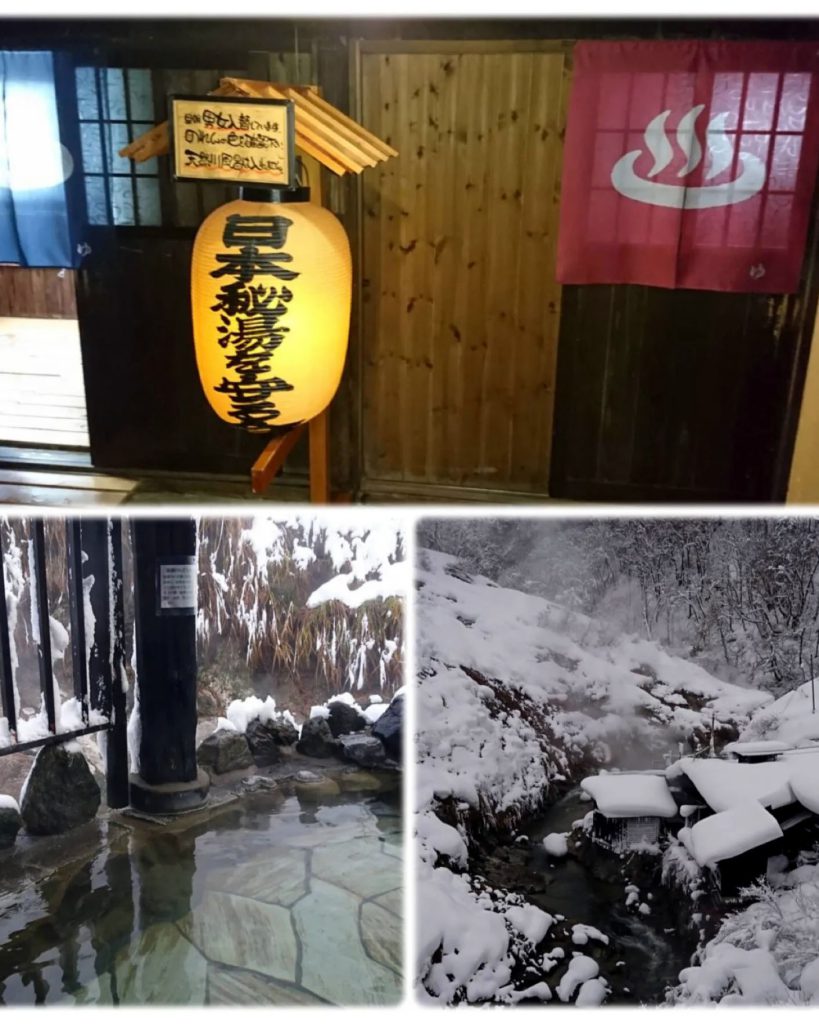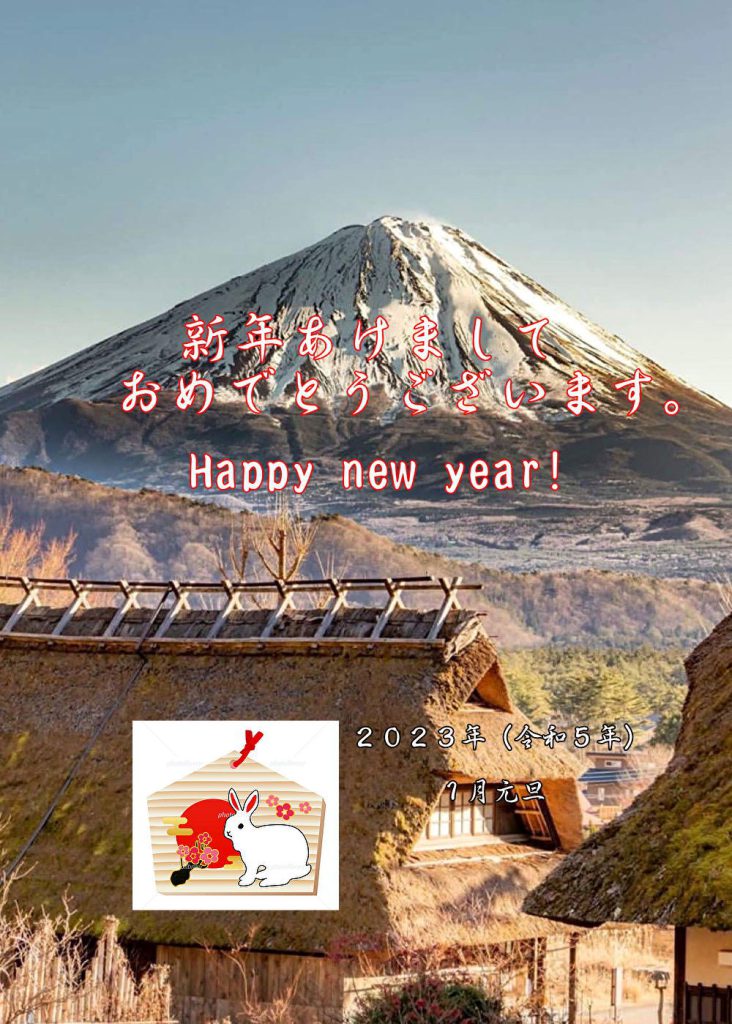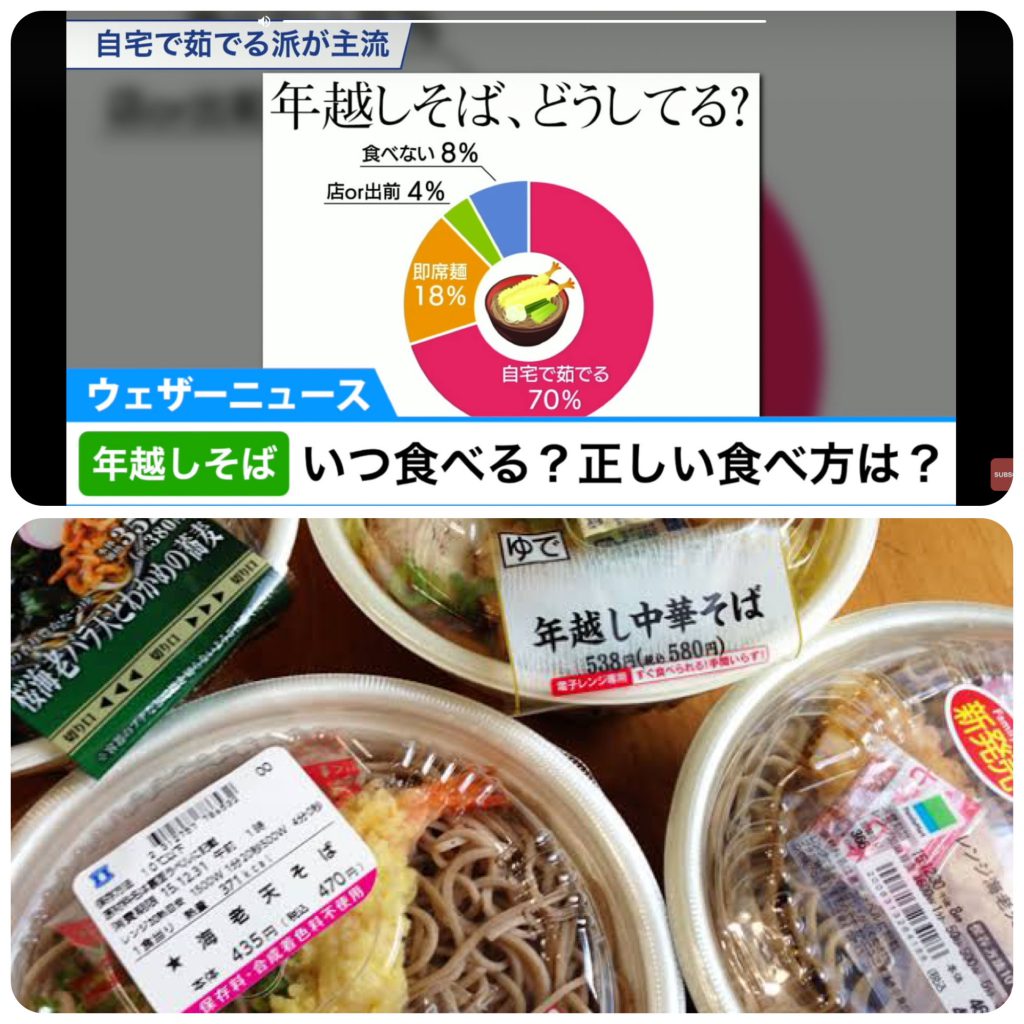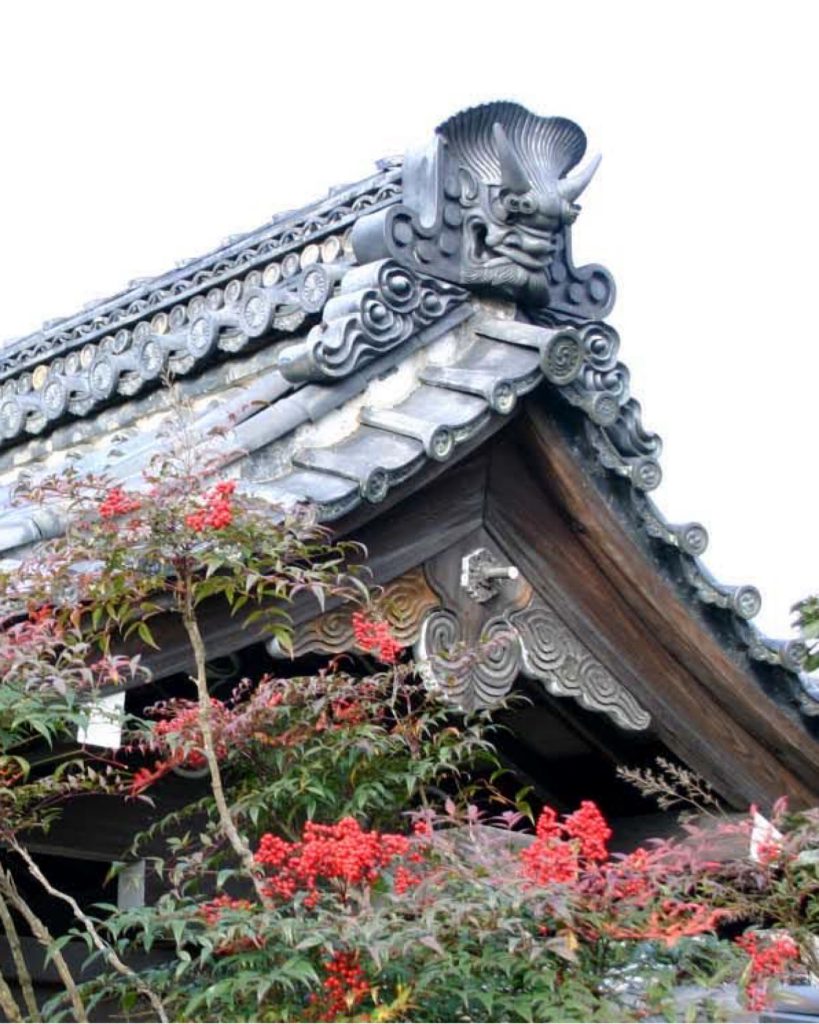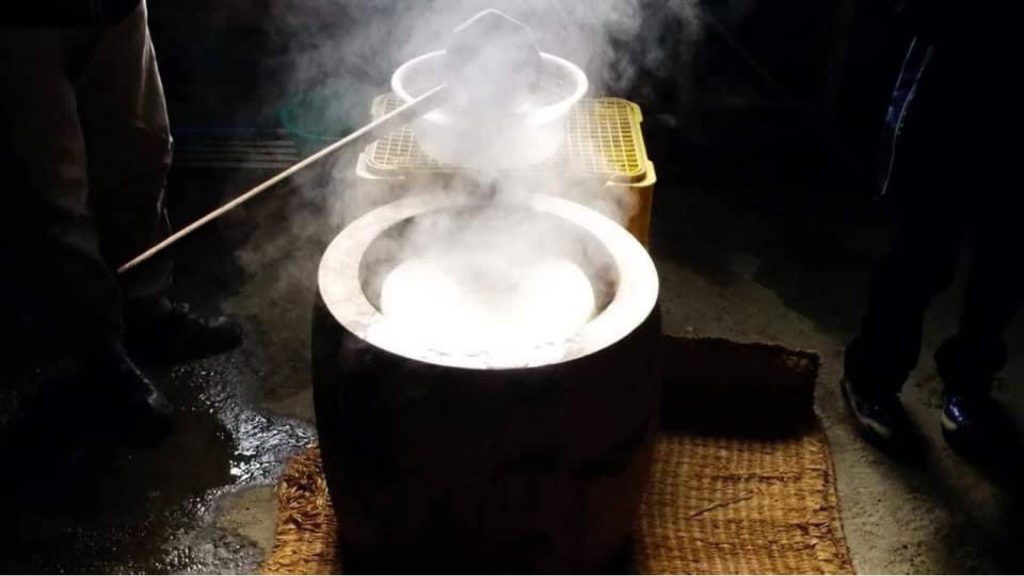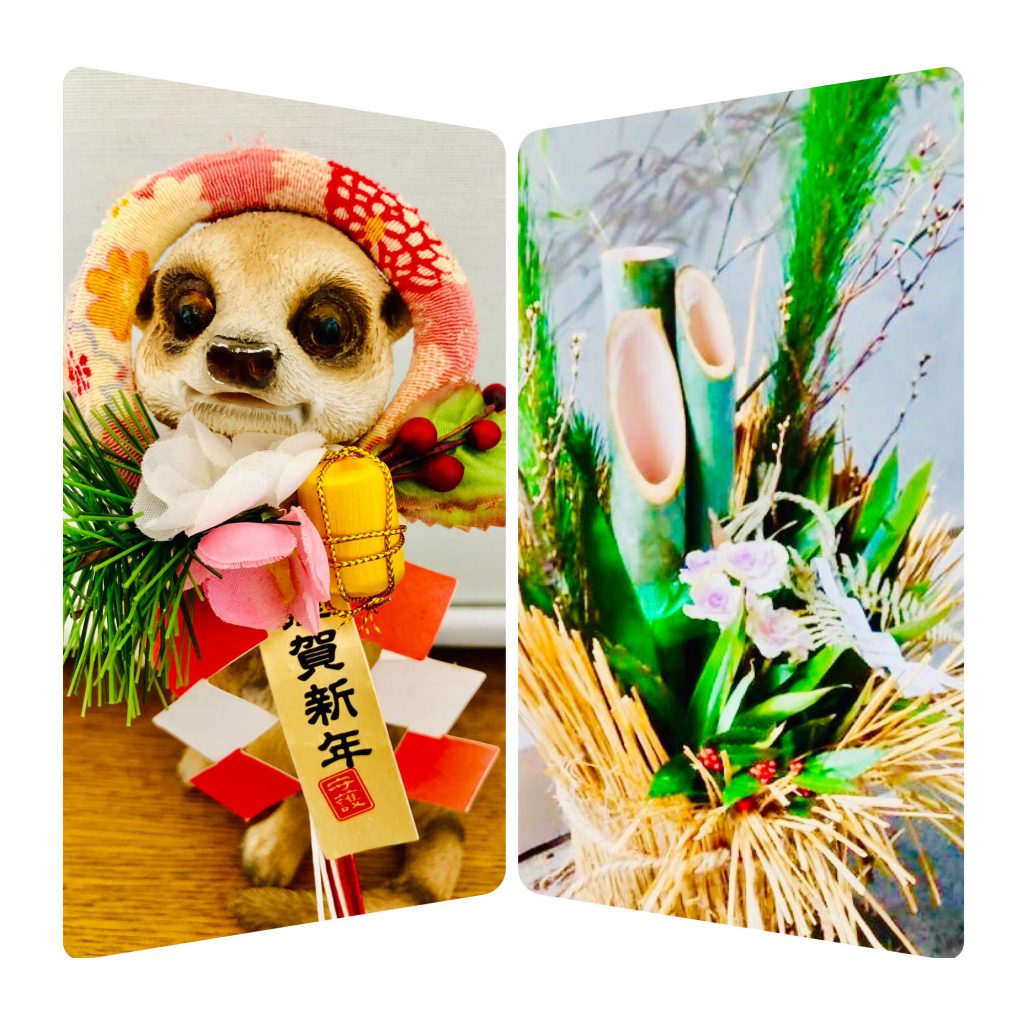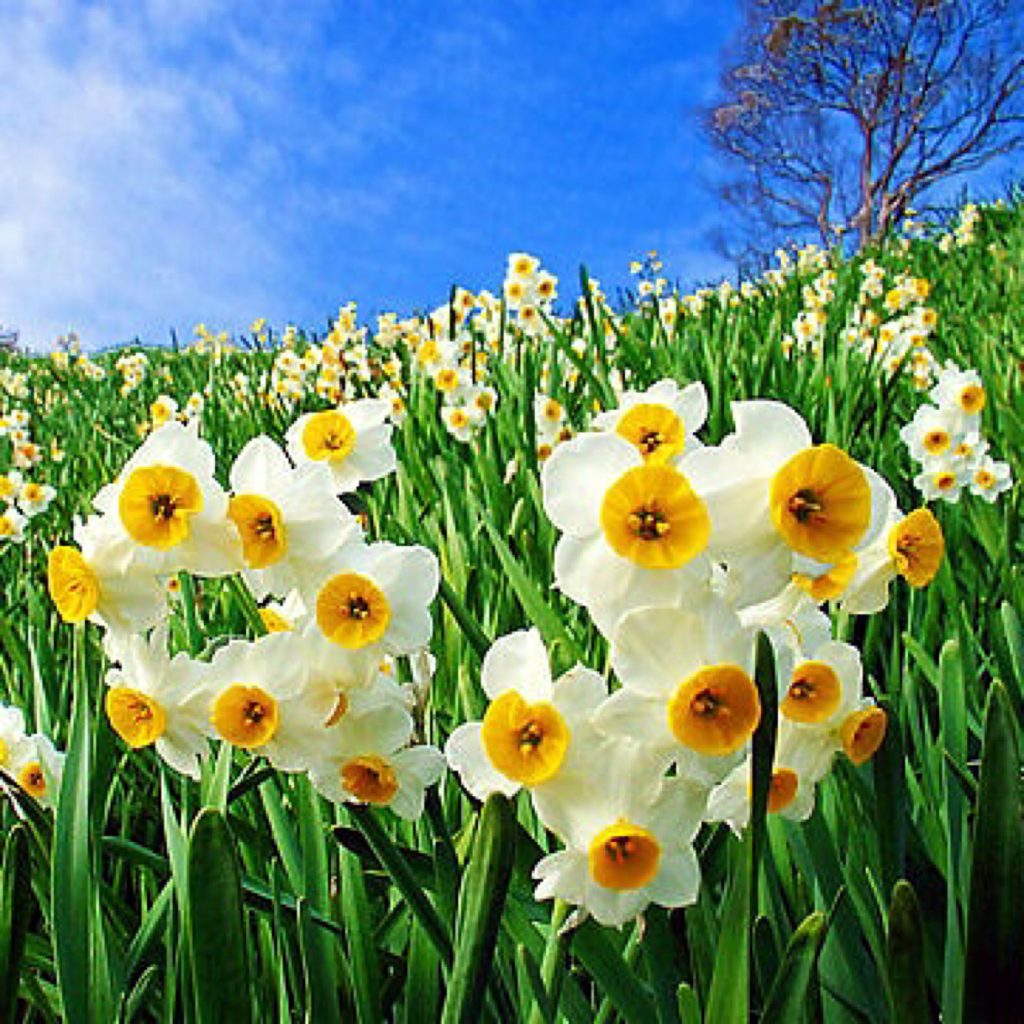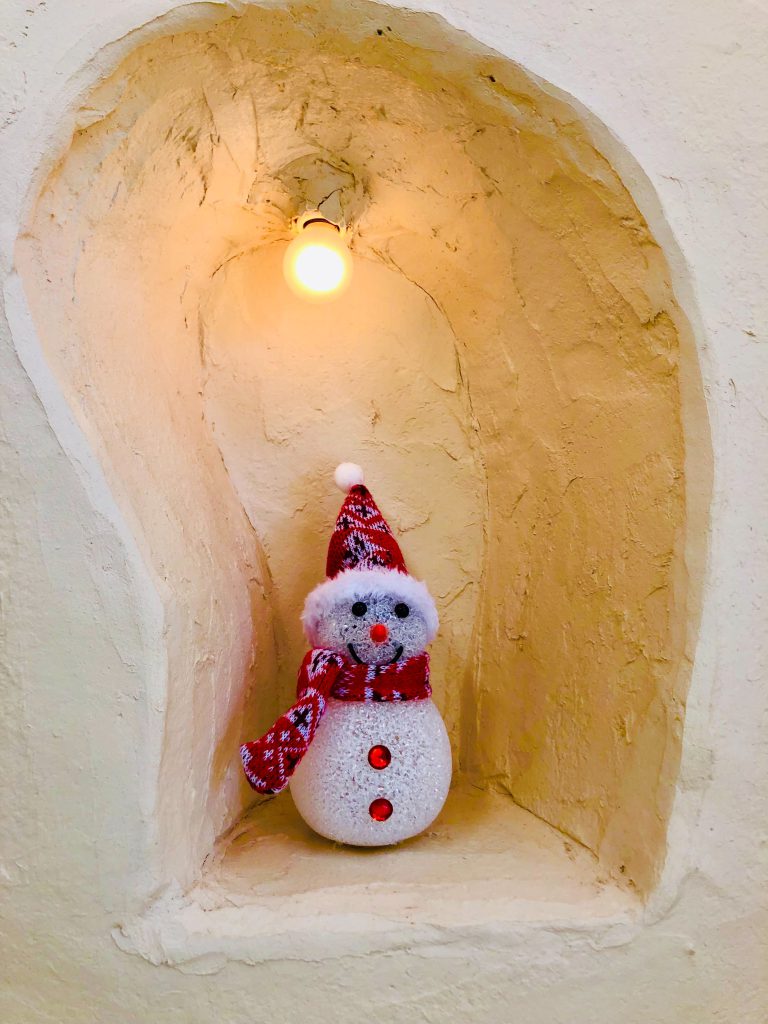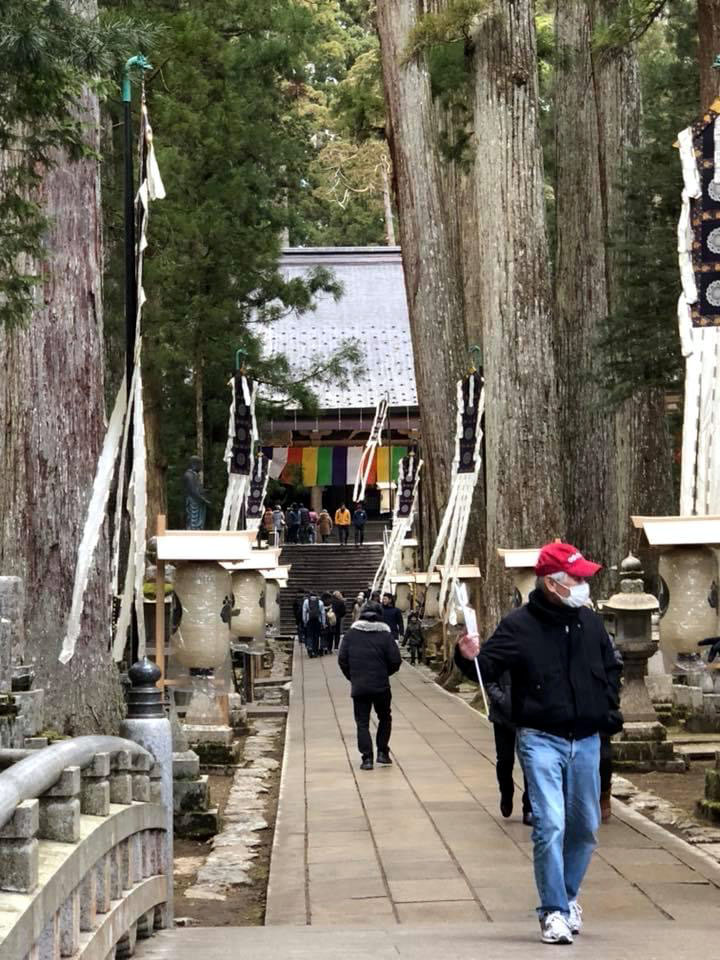
Koyasan is a sacred place of Shingon esoteric Buddhism founded by Kobo Daishi Kukai 1200 years ago. The lowest temperature in the first three days of the New Year continues a below-zero temperature. However, in recent years there has been almost no snowfall, which is good news for hatsumode(the first visit of the year to a shrine) visitors. The number of foreign tourists was increasing year by year since it was designated as a World Heritage Site, but in the last three years it has almost disappeared. Due to deregulation this year, there are quite a few foreign tourists, although not as many as before. I strongly prayed that this year we would be free from the corona disaster and that the war in Ukraine would come to an end.
標高約1,000m級の峰々に囲まれた山上盆地に広がる高野山は、1200年前に弘法大師空海が開創した真言密教の聖地です。年間を通じて平地に比べて気温は5℃から10℃低く、正月三が日の最低気温は氷点下が続いています。しかし近年は降雪もほとんどなく、初詣には幸しています。世界遺産に指定されてからは外国人観光客が年々増加していましたが、この3年はほとんど見かけなくなっていました。今年は規制緩和もあって、以前ほどではありませんが外国人観光客も結構目に付きます。今年こそ、コロナ禍から解放されて、ウクライナ戦争も終焉することを強く祈願しました。

